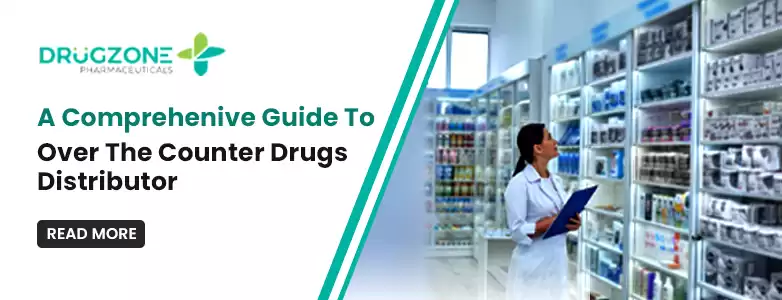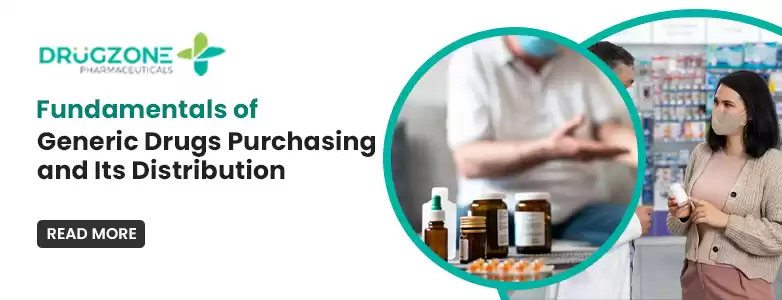
Posted On: March 18, 2024
Fundamentals of Generic Drugs Purchasing and Its Distribution
Generic drugs make up a significant part of the pharmaceutical industry, providing affordable and accessible healthcare options for millions of patients around the world. However, pharmacy managers, healthcare providers, and drug distributors face many challenges when purchasing and distributing these essential medicines.
In this comprehensive guide, we explore generic drugs that are crucial for affordable and accessible healthcare. But, the market presents challenges for pharmacy managers, healthcare providers, and drug distributors. So, we’re delving into the key hurdles faced within the generic drug market with thought-provoking solutions to ensure quality care for patients.
Challenges and Solutions
Limited Availability: Causes and Coping Mechanisms
Understanding the Causes of Shortage
Limited availability of certain generic drugs can disrupt patient care and strain healthcare resources due to regulatory obstacles, manufacturing bottlenecks, or unexpected demand.
Strategic Approaches to Shortage Management
Proactive management is key — maintain strong supplier relationships, keep smaller reserve stocks of vital generics, and establish a communication system to inform stakeholders of shortages.
Price Instability: Navigating Financial Uncertainties
Identifying the Factors Behind Market Fluctuations
The cost of generic drugs can fluctuate wildly due to various factors including raw material costs, market demand changes, legislative interventions, and competitive pressures. Such volatility can negatively impact institutional budgets.
Best Practices for Price Management
Buffer against drastic price changes by staying updated on market trends, negotiating long-term supplier contracts, leveraging group purchasing organizations, and adopting a pricing committee within your organization.
Ensuring Patient Safety
Recognizing the Common Issues
Generic drugs can have quality issues due to poor manufacturing practices or inadequate regulations, that can result in variations in potency, dissolution characteristics, and contamination.
Approach towards Quality Control
To ensure that only safe and effective generic drugs reach patients, it is integral to incorporate stringent quality control protocols. It also fosters transparency in the supply chain with internationally recognized quality standards.
Balancing Act of Inventory Management
Diversity in Generic Drug Inventories
The emulsified inventory for generic drugs is a complex task that requires a customized approach. Each drug has unique storage requirements, shelf lives, and usage patterns, and accordingly makes it quite challenging for pharmacy managers.
Deploying Smart Inventory Formulation
The smart way of embedding advanced inventory management systems is to utilize data to forecast demand. The most classifying of drugs can streamline operations and optimize stock levels, leading to a cost-effective healthcare service provision to deploy an efficient inventory solution.
Conclusion:
The complication of the purchase and distribution of generic drugs can not be navigated single-handedly by stakeholders. So the solution is nothing but collaborative efforts between pharmacists, manufacturers, distributors, and regulatory bodies. By working together, these groups can ensure a consistent supply of superior quality that contributes to the overall objective of promoting public health.
FAQs
Q. Can you give an example of a cost-effective approach to solving limited availability issues of generic drugs?
The right approach is to form purchasing coalitions across facilities that can help aggregate the demand. Consequently, it helps to negotiate better terms with suppliers as well.
Q. How often do pharmacies usually review their inventory management procedures?
The best answer is regular review. Because updating and reviewing every quarter is beneficial. Reviewing procedures when market conditions change or new drugs are introduced is also needed.
Q. What measures can distributors implement to heighten quality?
Commitment towards quality assurance is regular audits of manufacturing facilities, thorough testing procedures, and adherence to Good Distribution Practices (GDP).
Q. Where can pharmacy managers have the latest inventory management technologies?
The specialization conferences, webinars, and online resources from industry leaders provide valuable insights into new inventory management methods and technologies.
Follow us on Linkedin
Tags
Latest Posts
-
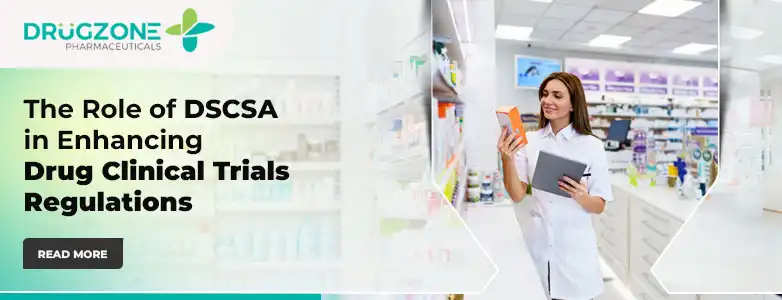
The Role of DSCSA in Enhancing Drug Clinical Trials Regulations
-

The Importance of Pharmacovigilance in Wholesale Distribution
-
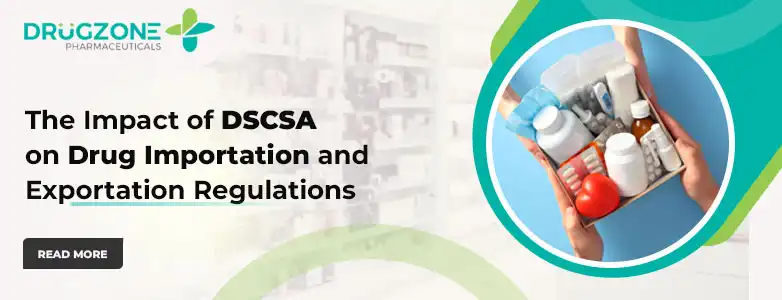
The Impact of DSCSA on Drug Importation and Exportation Regulations
-
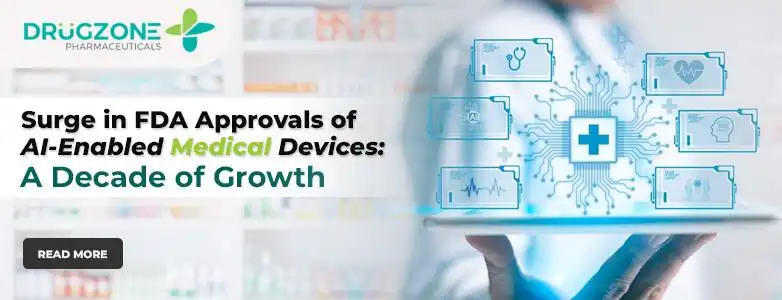
Surge in FDA Approvals of AI-Enabled Medical Devices: A Decade of Growth
-
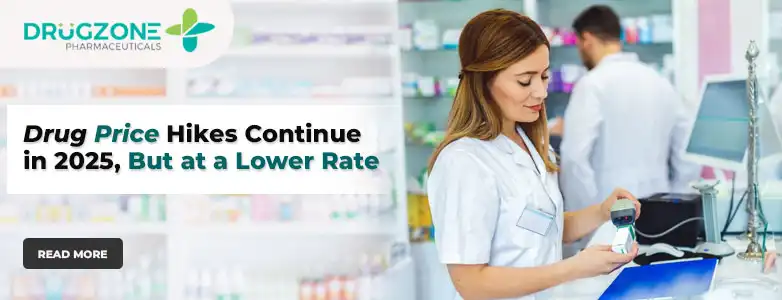
Drug Price Hikes Continue in 2025, But at a Lower Rate

